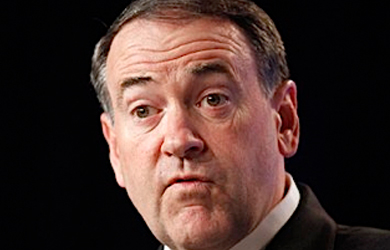Anti-choice activists have for decades been waging two simultaneous battles: to sway public opinion enough to recriminalize abortion across the country, and to work quietly behind the scenes to make legal abortion more difficult to access.
While the anti-choice movement still hasn’t convinced Americans to want to ban abortion outright, they have had more success with the second, quieter battle. Since 2010, state governments have enacted at least 282 new abortion restrictions since 2010. These restrictions often take the form of regulations billed as “protecting women’s health” but are, in reality, aimed at placing crushing burdens on abortion providers in the hopes of forcing them to close. The Supreme Court is currently deciding whether to consider the constitutionality of a set of such laws passed Texas, which, if it is allowed to stand, could close most of the abortion clinics in the state.
Today, People For the American Way released a report that reviews some of these quiet anti-choice tactics and the impacts that they have on women’s lives. The report updates our 2013 “ Chipping Away at Choice” report with new data and analysis. The tactics we examine are:
- Targeted Regulation of Abortion Providers (TRAP) laws , like Texas’s House Bill 2, which place unnecessary regulations on abortion providers with the aim of closing the clinics altogether.
- Crisis pregnancy centers , which have been found to provide women with false or misleading information, and are often not staffed by medical professionals.
- Mandatory waiting periods , which place an unnecessary burden on low-income women and those who live in one of the 90 percent of U.S. counties without an abortion clinic.
- Genetic anomaly, race- or sex-selective abortion bans , cynical efforts to create new obstacles to women’s choice, which risk placing additional burdens on women of color.
- Interference with medical providers , such as forcing doctors to read scripts written by politicians and requiring doctors to perform medically unnecessary procedures like early-term ultrasounds.
- 20-week abortion bans , like the bill passed in the U.S. House and being considered by the Senate, which are aimed not only at diminishing abortion access but challenging the ban on pre-viability abortion prohibitions established by Roe v. Wade.
- Defunding abortion providers , which result in cutting off access to cancer screenings, contraceptives, and basic health care, especially for low-income and rural women.







